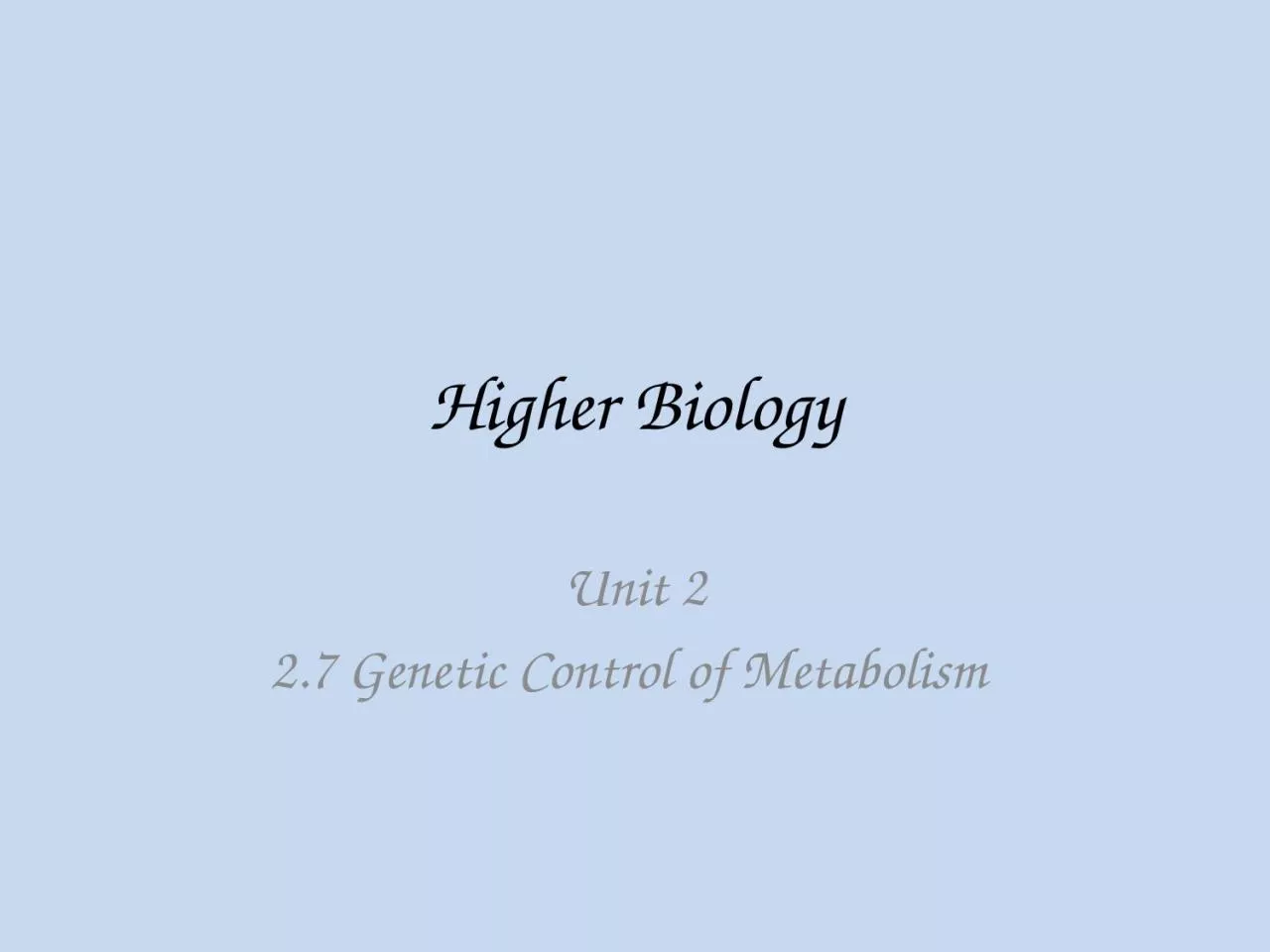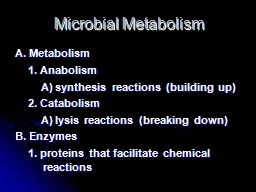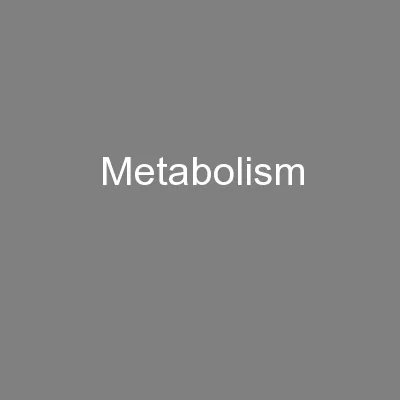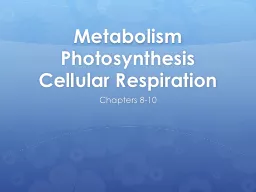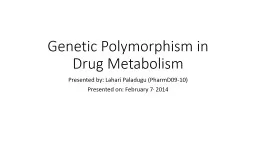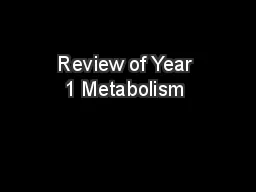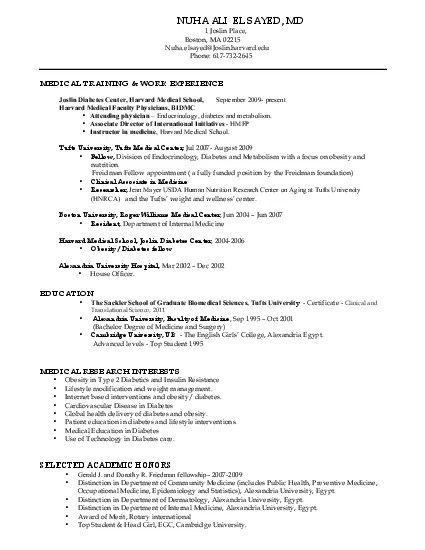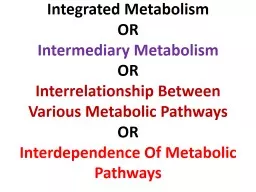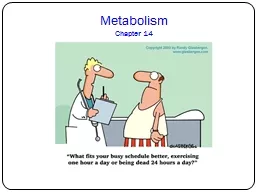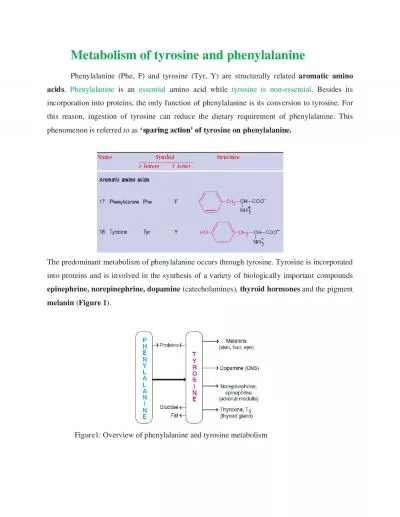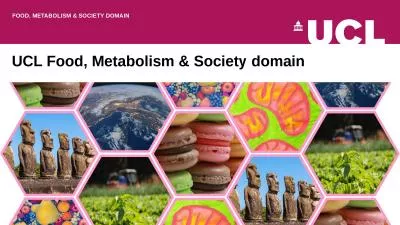PPT-Higher Biology Unit 2 2.7 Genetic Control of Metabolism
Author : SugarPie | Published Date : 2022-08-01
Wild Type Microbes W ild type is the typical form of a species found in nature A wild type microbe can be selected for use in industry due to it exhibiting
Presentation Embed Code
Download Presentation
Download Presentation The PPT/PDF document "Higher Biology Unit 2 2.7 Genetic Contro..." is the property of its rightful owner. Permission is granted to download and print the materials on this website for personal, non-commercial use only, and to display it on your personal computer provided you do not modify the materials and that you retain all copyright notices contained in the materials. By downloading content from our website, you accept the terms of this agreement.
Higher Biology Unit 2 2.7 Genetic Control of Metabolism: Transcript
Download Rules Of Document
"Higher Biology Unit 2 2.7 Genetic Control of Metabolism"The content belongs to its owner. You may download and print it for personal use, without modification, and keep all copyright notices. By downloading, you agree to these terms.
Related Documents

